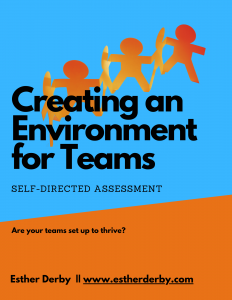Alan Francis posts this piece on compromise from Seth Godin’s book “Purple Cow: Transform Your Business by Being Remarkable”:
The old saying is right: “A camel is a horse designed by committee.” If the goal of marketing is to be extreme in some attribute, it’s inevitable that compromise can only diminish your chance of success.
Compromise is about sanding down the rough edges to gain buy-in from other constituencies. Vanilla is a compromise ice-cream flavor, while habanero pecan is not. While there may be just a few people who are unwilling to eat vanilla ice cream, there are legions of people who are allergic to nuts, sensitive to spicy food, or just plain uninterested in eating a challenging scoop of ice cream. The safe compromise choice for a kid’s birthday party is the vanilla. But vanilla is boring. You can’t build a fast-growing company around vanilla.
In almost every market, the boring slot is filled. The product designed to appeal to the largest possible audience already exists, and displacing it is awfully difficult. Difficult because the very innocuousness of the market-leading product is its greatest asset. How can you market yourself as “more bland than the leading brand”? The real growth comes with products bthat annoy, offend, don’t appeal are too expensive, too cheap, too heavy, too complicated, too simple – too something. (Of course, they’re too too for some people, but just perfect for others. )
Bootstrapping entrepeneurs often upend existing industries because the dominant players in an industry are the last places you’ll find empowered mavericks. The market-leading companies may owe their dominance to the Purple Cow they marketed years ago, but today, they’re all about compromising themselves to continued profitability. The seeds of theior destruction lie in their dependence on being in the middle.
This piece focuses on products, but the same dilution can happen when groups compromise when choosing between several alternatives for a strategy, design, or other course of action. Too often the result is something so watered down that while everyone can live with it, no one likes it.
Alternatives become watered-down when the question is
“What is the least amount of change that will make this alternative acceptable to you?” — and each person in the group gets to answer that question, and chip away at the alternative.
Instead:
Understand the values that underlie each alternative. Identify the most important values.
Look for a way to combine the alternatives in a way that holds those values.
Generate additional new alternatives that hold several sets of values.
Go with a watered down compromise as the last resort.
(I’m not running out to buy habanero pecan ice cream, though. I like vanilla.)


